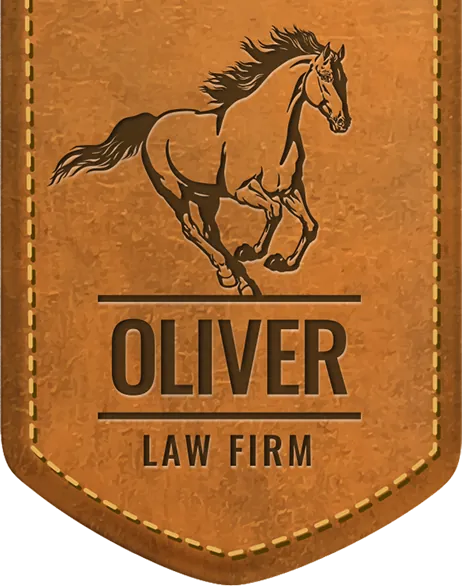Before entering my position at Oliver Law Firm, I had very little exposure to the trial lawyering world. Part of the learning curve in my role was to learn some strategies behind how to present cases to a jury. This aspect of my role is fascinating when I get to break down complex ideas and confusing information into understandable, easy-to-follow concepts and visual aids. Reading the book, Show the Story: The Power of Visual Advocacy was helpful to give me context for how to think through ways to show people what is going on in a case. Here are a couple of my main take-aways from the many insights of this book:
- Visual Context: An important aspect of communication is knowing how the brain accepts and processes information. Studies of the brain show that 80% of learning comes through the eyes; thus, people process visual, emotional information much more quickly than verbal or logical information. To maximize the jurors’ ability to understand and retain information about the case, it is helpful to integrate the visual and the logical sides of the brain through visual aids. One helpful way to do this is to tell the details of the case in story form and present visual aids that represent the locations, Defendants, and/or the choices that were made by certain parties. This type of introduction helps a juror to stay engaged in the presentation visually and logically, using their full brain and allowing them to retain more of the details of the story.
- Creating Themes: People view information through some sort of lens, bias, or viewpoint. Their lens is a product of their experiences and the meaning they have created about those experiences. To help direct the jurors’ lens and the meaning they take out of the story of the case, it is important to purposefully create themes to which people can anchor their understanding of the story. For the cases I’ve been a part of, themes are created by pointing out the specific rules or violations that the Defendant(s) have broken. This gives the jurors a lens through which to see the details of the story, why events happened the way they did, and why it is important to seek justice. It also gives the legal team a lens through which to approach the case, gather the most helpful, applicable information, and present the story in simple, concise ways.
This book has been a helpful tool for me to grow in understanding my role in the world of trial law. Understanding the theory and concepts of why certain projects are important and how to help the jurors’ (or hearers) understand the information helps to create purpose and motivation toward my work with more accurate, thorough research, organization, and visual aids.
——–
The old saying is that “a picture is worth a thousand words.” We really believe that at Oliver Law Firm. While we believe in the power of the spoken word, visual models we use in our cases are often difference-makers in the eyes of jurors.
NOTE: Oliver Law Firm has a reading program and an office library full of many great books. Our mission is to inspire, train, and mentor our work family to improve ourselves and client services.
Oliver Law Firm is located just west of I-49 off Pleasant Grove Road at 3606 W. Southern Hills Blvd., Suite 200, Rogers, AR 72758.
.
a Free Consultation



